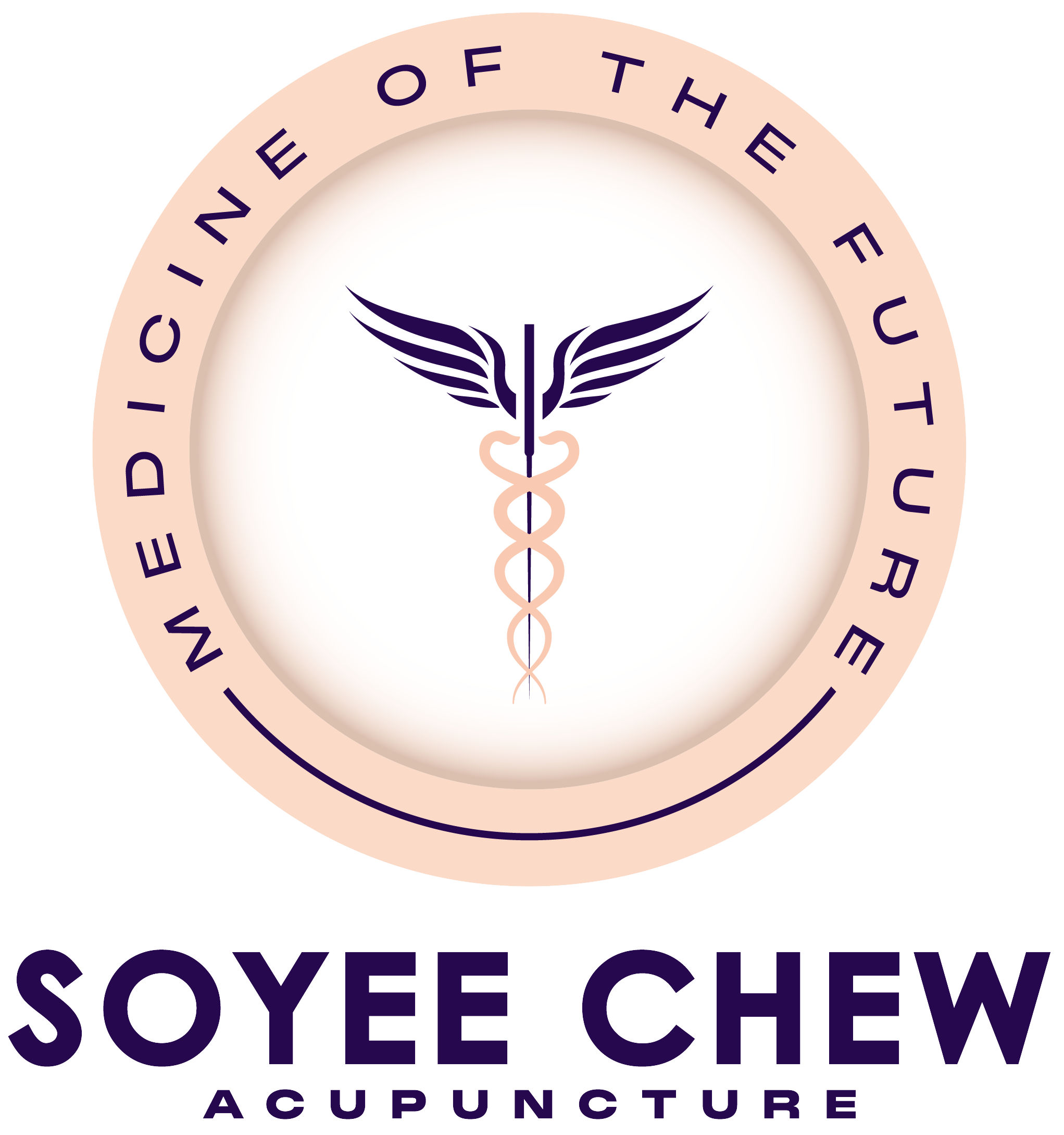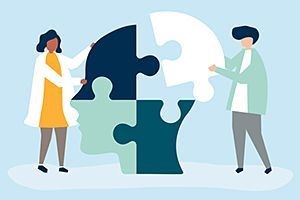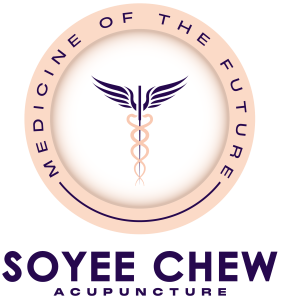Rosa Schnyer, DAOM, IFMCP, Lac
March 2022
The past decade has been marked by many powerful events, natural disasters, an unprecedented humanitarian crisis of displacement, social upheaval, increased economic disparity, food insecurity, and political unrest. The list is long. The facts are harsh. It is not surprising that the past decade has seen a steep escalation of a mental health crisis across the socioeconomic and generational spectrum.
It is estimated that more than one in 10 people worldwide live with a mental health disorder.1 In the U.S. alone, an estimated 50 percent of all Americans are diagnosed with a mental illness at some point in their lifetime.2 According to the National Institute of Mental Health,3 nearly one in five U.S. adults live with a mental illness (about 51.5 million in 2019); more than 20 percent of all adults >18 years old. The numbers are greater in women when compared to men, and higher among 18-50-year-olds compared to other age groups. The prevalence of any mental illness (AMI) has been found to be highest among adults reporting two or more races.
Even before the COVID 19 pandemic, in 2017,4 it was estimated that close to 800 million people worldwide were experiencing mental illness. The numbers are staggering if we consider the collateral impact on families and communities.
These numbers don’t even account for the millions of people who experience significant and persistent emotional distress, but do not fit the criteria for an actual mental health disorder. The idea is not to continue expanding the diagnostic criteria (DSM)5 for everyone to fit into one category of mental illness or another. It is about recognizing that developing comprehensive prevention strategies is critical.
Promoting Mental-Emotional Well-Being
Our understanding of mental health is an evolving science that acknowledges a complex, multifactorial etiology, including the interplay of global economic and ecological factors, unmet basic needs, psychosocial stressors and cultural pressures. Toxic exposure to stress may, in many cases, elicit the unleashing of an underlying genetic vulnerability.
But mental-emotional well-being is not just the absence of a psychiatrically defined condition. Mental-emotional imbalances expand a continuum that ranges from the response to toxic stress, which may persist into distress, which can develop into despair, which can give rise to or confound a severe mental illness. It is not a single, monolithic experience.
How can we empower communities to develop prevention and management strategies that are culturally relevant, age appropriate and affordable? And what role could East Asian medicine play in this initiative? The extent of the crisis is such that it will take all hands on deck. We simply do not have the mental health resources across all our communities to tackle this pandemic head on.
The Tao of Human Resilience
The healthy brain has considerable capacity for adaptation and resilience, It responds to interventions designed to open windows of plasticity that can redirect its function toward better health.6 Acupuncture is often used for psychological distress7 and may facilitate neuroplasticity. Preliminary, but substantial evidence indicates that East Asian medicine – acupuncture8-11 and herbs12-14 – could play a pivotal role in closing the increasing large gap between the need for and the availability of mental health promoting interventions in our communities. In our clinics, treatment often alleviates anxiety, depression, stress, and insomnia, which often present comorbid with other conditions.
Many patients with chronic pain commonly experience severe depression and anxiety.15 Pain and mood seem to unleash a vicious cycle in which they exacerbate and perpetuate each other; they share similar changes in neuroplasticity and involve overlapping neurobiological mechanisms.16 Comorbidity of emotional distress and pain has been correlated with poor prognosis. Given the widening use of acupuncture in pain-related conditions, it is not surprising that patients seeking acupuncture for pain often present with concurrent mental-emotional distress.
Potentially, traditional East Asian medicine could intervene in the earlier stages to prevent a worsening of mental health crises. As a profession, our greatest impact would be via the following:
- Providing care to promote mental-emotional well-being
- Empowering patients to become agents in their own health
- Collaborating in interprofessional, multidisciplinary teams
The potential for integrating EAM in the management of the present mental health crises is not unlike our current impact in the management of chronic pain; or the management of cancer treatment-related symptoms; or supporting stroke patients; or during labor and delivery. But we need to increase awareness among the general public on the potential impact of EAM in this area. This will require a commitment to deepening our understanding of the systems biology, psychological and social factors, and effective EAM treatment strategies that can be safely implemented.
Empowering Patients, One Heart-Mind at a Time
By integrating acupuncture and East Asian medicine theory and practice with a systems biopsychosocial model, while incorporating core concepts of salutogenesis and positive neuroplasticity into a dynamic foundational framework, we can raise awareness and increase access to the invaluable, and often underutilized role of acupuncture and EAM for mental-emotional distress. When combined with a health promotion intervention that can enhance self-efficacy, improve quality of life, and foster personal agency through social support and education, together we can help build a foundation for mental and emotional well-being.
References
- Ritchie H, Rosner M. “Mental Health.” OurWorldInData.org, 2018.
- Mental Illness: Statistics. National Institute of Mental Health.
- Ibid.
- Ritchie H, et al., Op cit.
- Diagnostic and Statistical Manual of Mental Disorders, 5th Edition. American Psychiatric Association, 2013.
- McEwen BS. In pursuit of resilience: stress, epigenetics, and brain plasticity. Ann N.Y. Acad Sci, 2016;1373:56-64.
- MacPherson H, Sinclair-Liam N, Thomas K. Patients seeking care from acupuncture practitioners in the UK: a national survey. Complement Ther Med, 2006 Mar;14(1):20-30.
- Smith C, et al. Acupuncture for depression. Cochrane Database Syst Rev, 2018 Mar 4;3(3).
- Schnyer R. Commentary on the Cochrane Review of acupuncture for depression. Explore, 2011 May-Jun;7(3):193-7.
- Tu C-H, et al. The effects of acupuncture on glutamatergic neurotransmission in depression, anxiety, schizophrenia, and Alzheimer’s disease: a review of the literature. Front Psychiatry, 2019;10:14.
- Zhang Z-J, Chen, H-Y, Yip K-C, et al. The effectiveness and safety of acupuncture therapy in depressive disorders: systematic review and meta-analysis. J Affective Disord, 2010;124:9-21.
- Ye J, et al. The neuroscience of nonpharmacological traditional Chinese therapies (NTCT) for major depressive disorder: systematic review and meta-analysis. Evid-Based Complement Alternat Med, 2019;2019:1-13.
- Wang Y, et al. Chinese herbal medicine for the treatment of depression: applications, efficacies and mechanisms. Curr Pharm Des, 2017;23(34):5180-5190.
- Li C, Huang B, Zhang WA. Chinese herbal medicine for the treatment of depression: effects on the neuroendocrine-immune network. Pharmaceuticals, 2021;14(1):65.
- Vachon-Presseau E, et al. The emotional brain as a predictor and amplifier of chronic pain. J Dent Res, 2016 Jun;95(6):605-12.
- Vachon-Presseau E, et al., Op cit.


